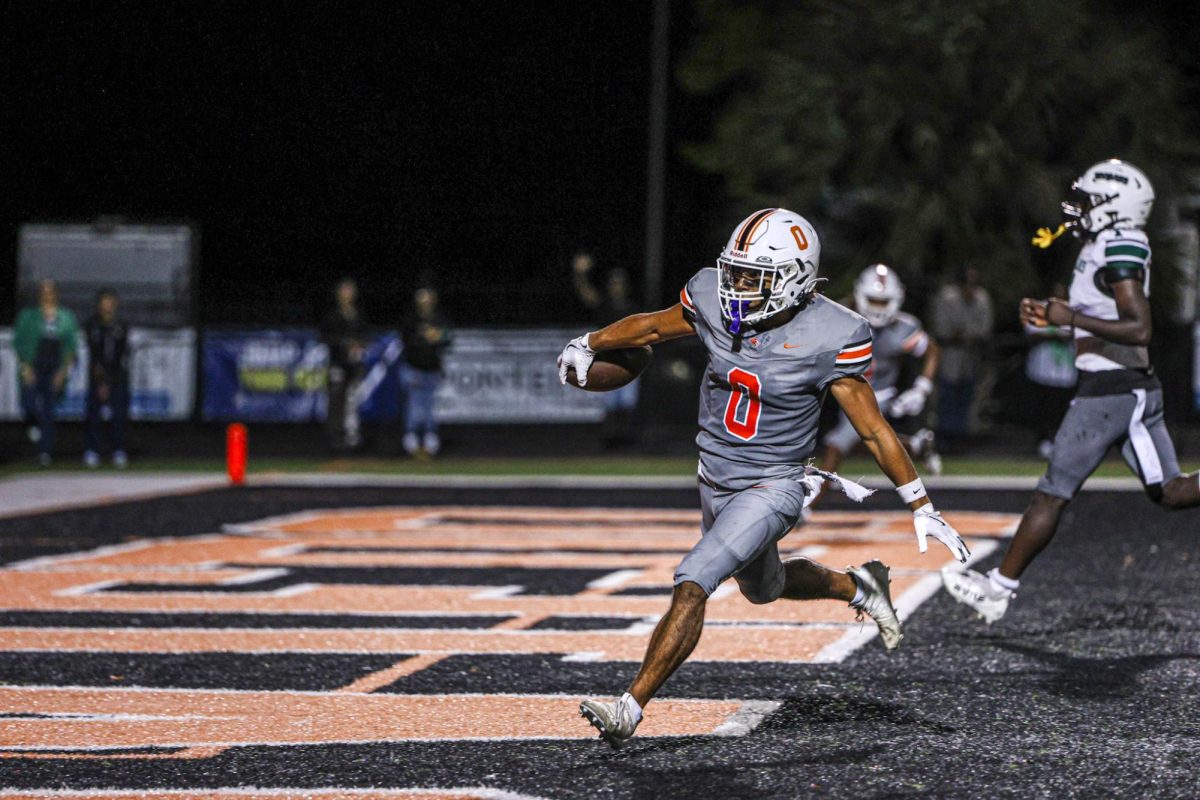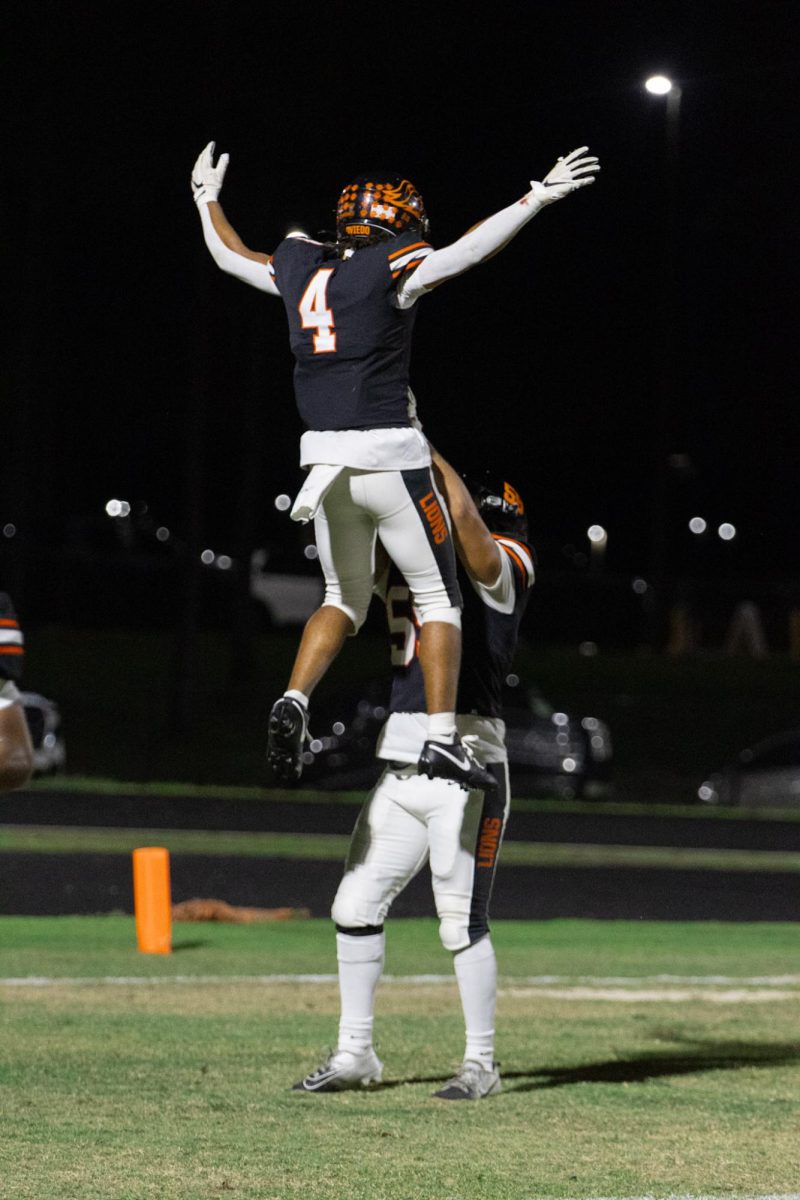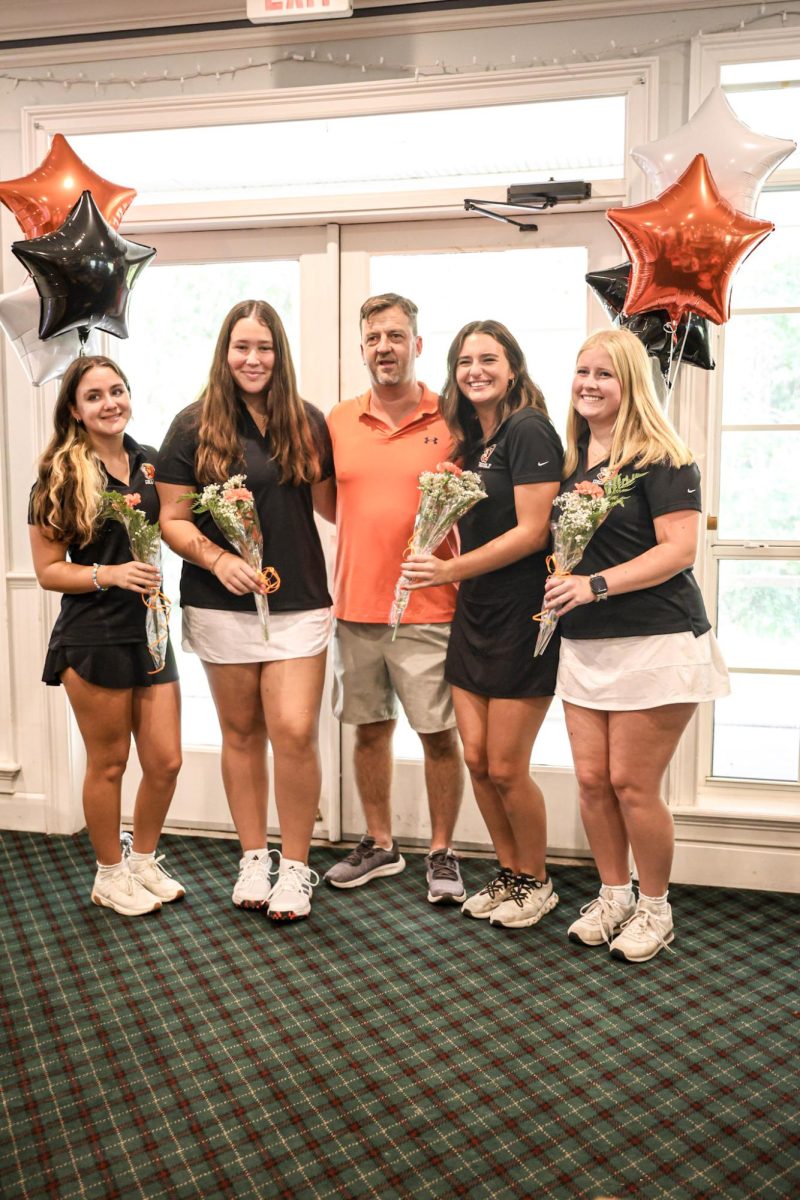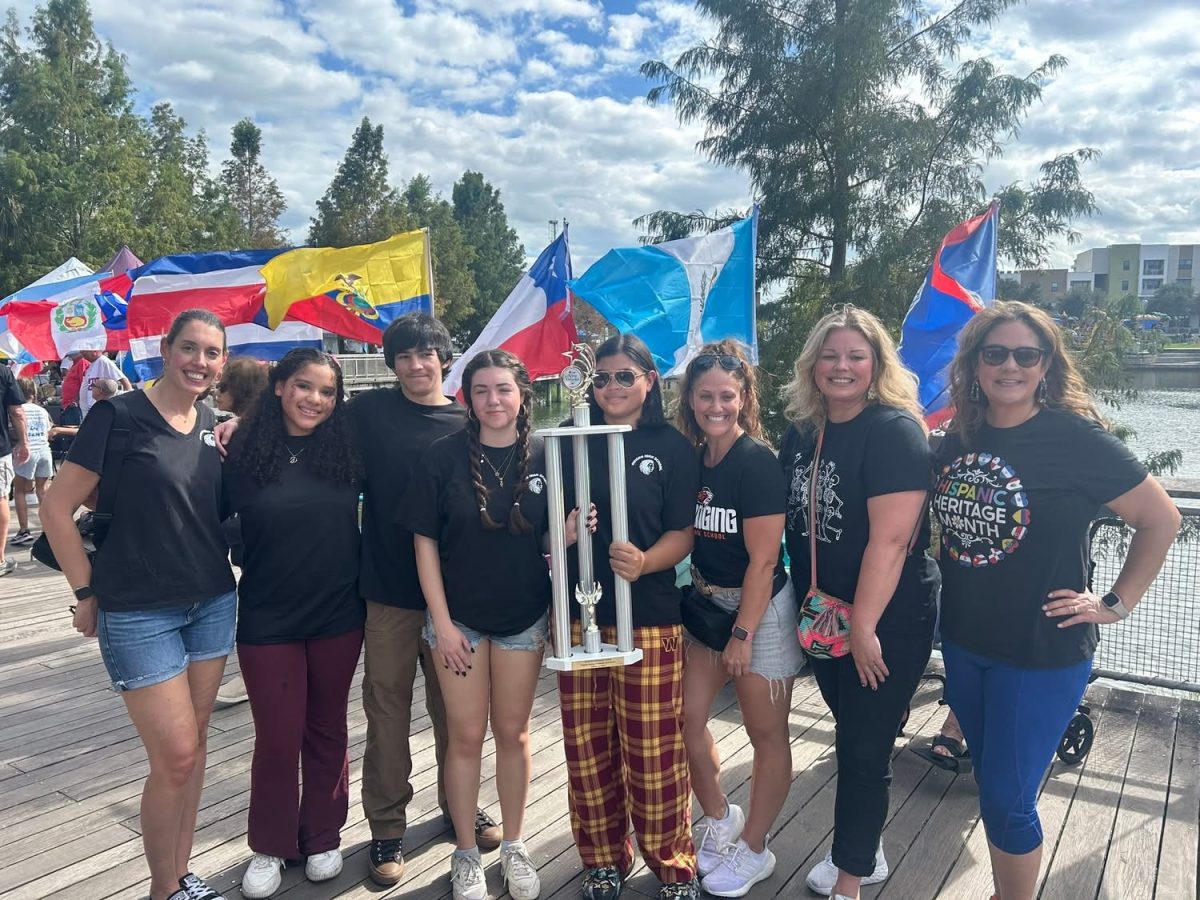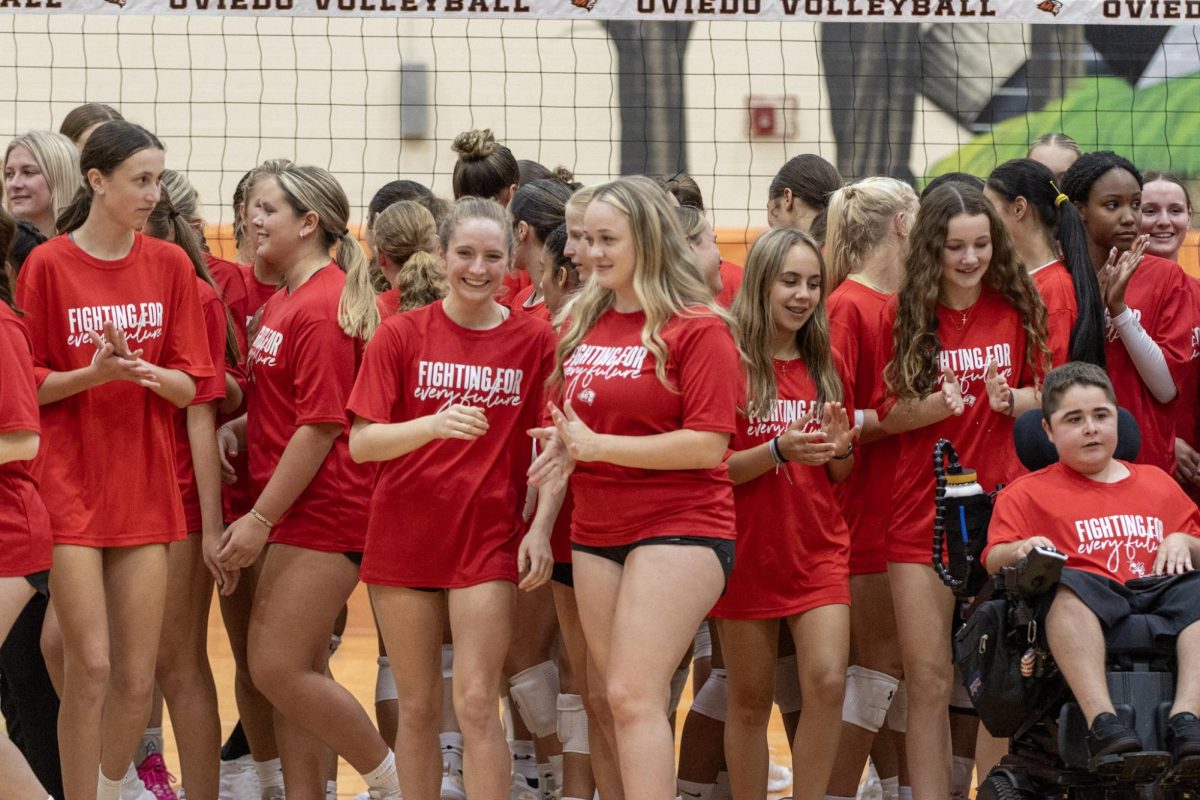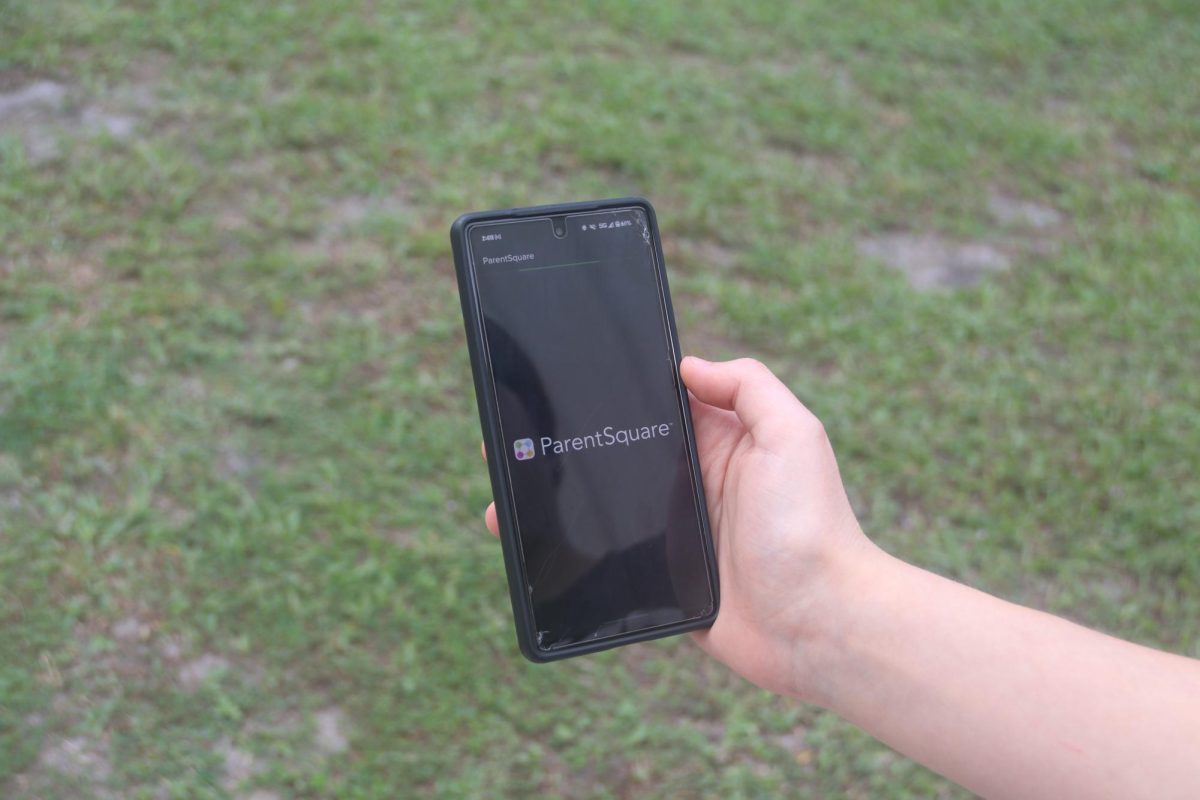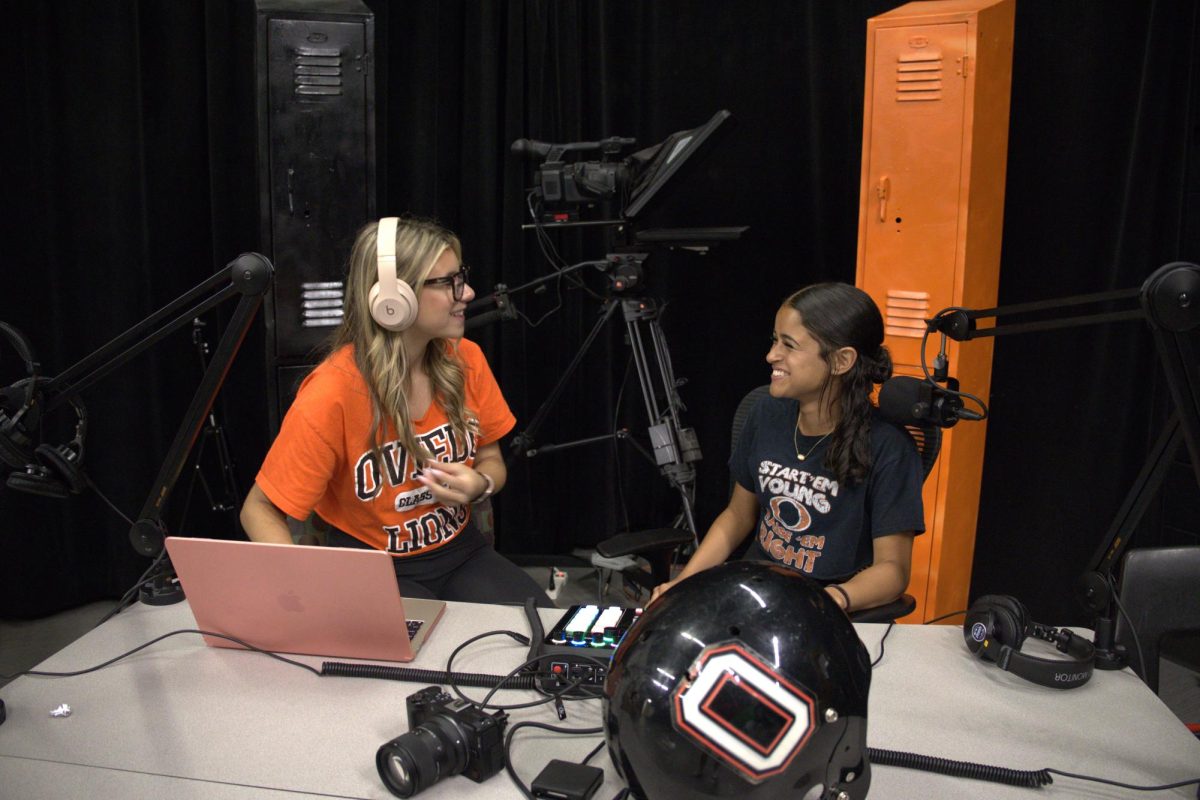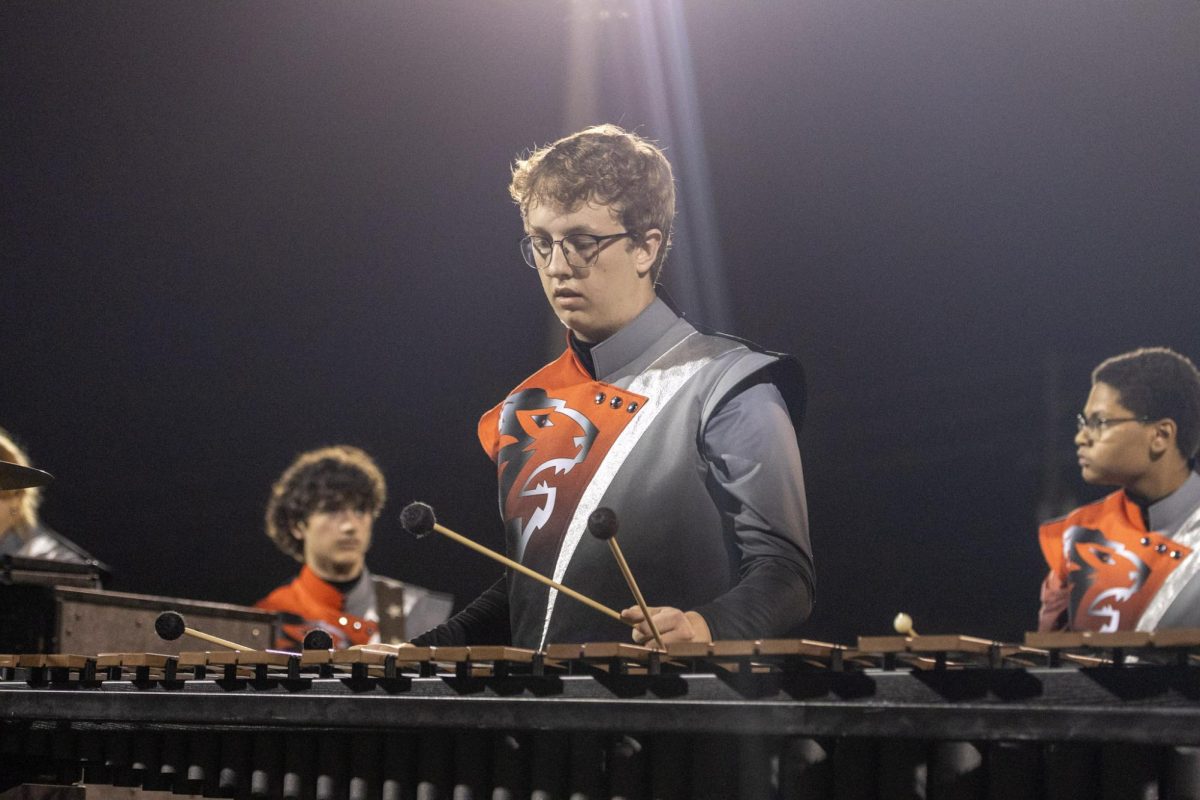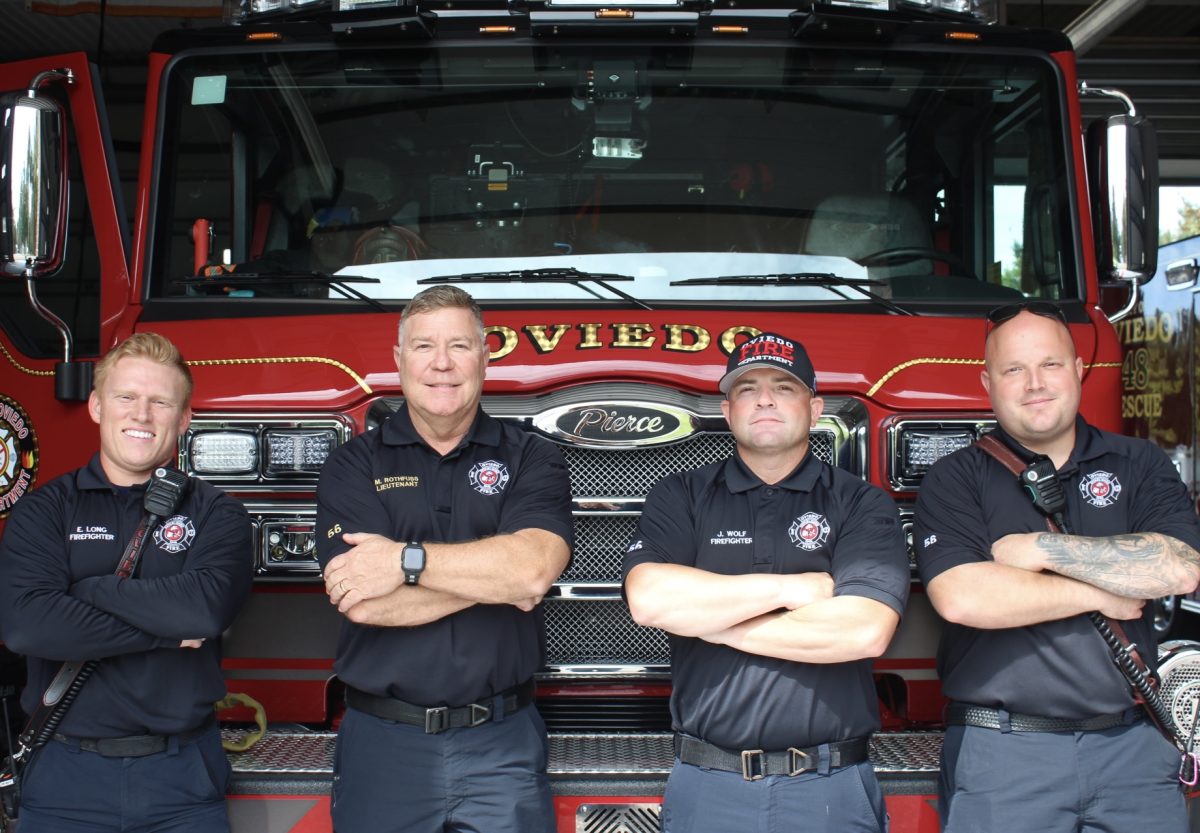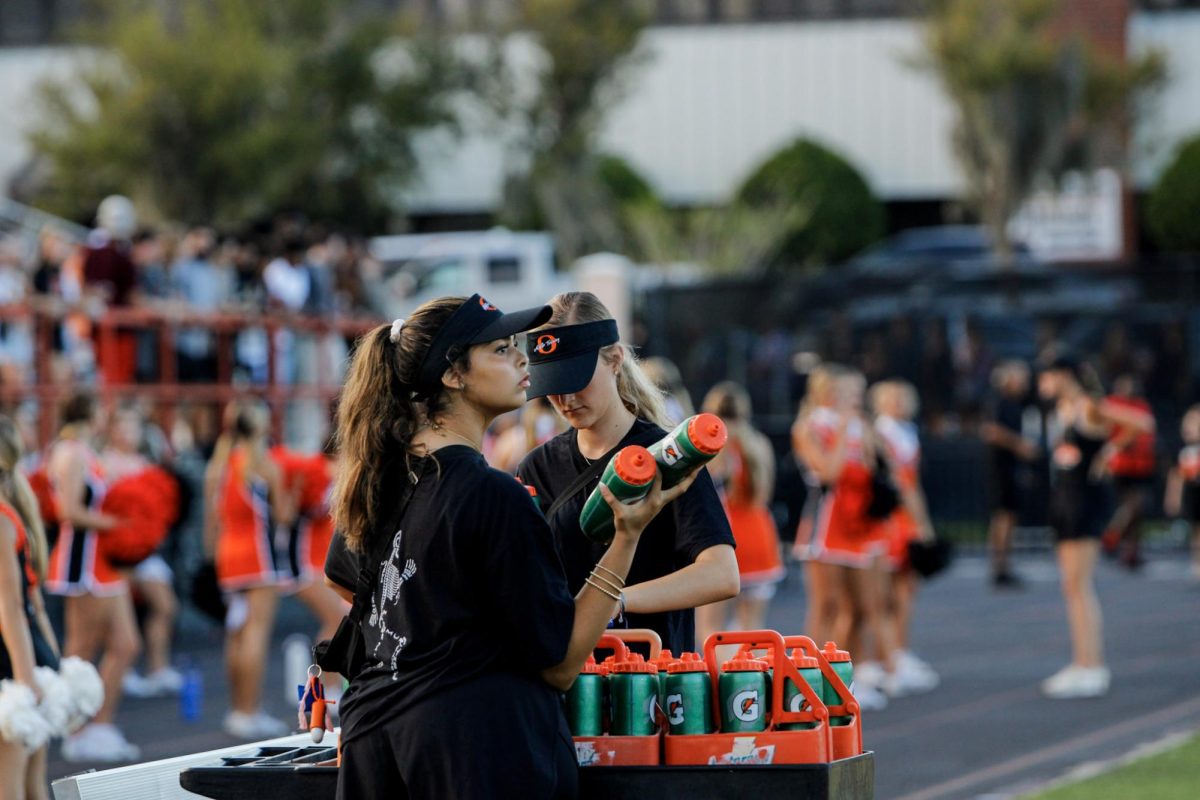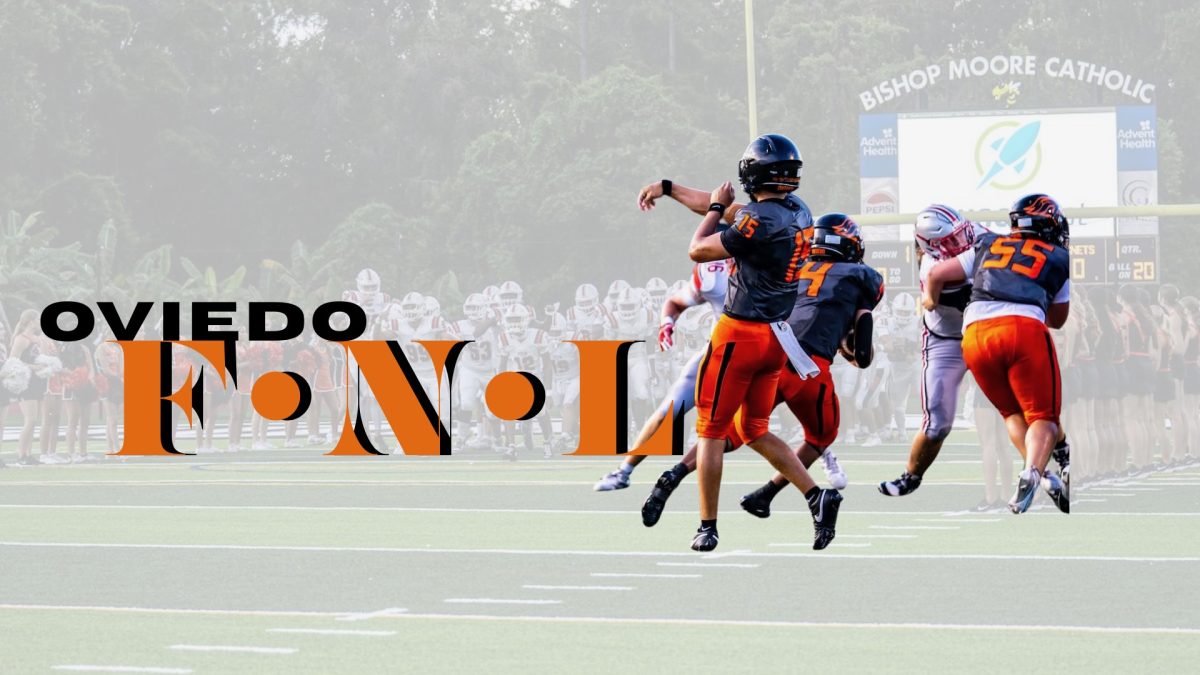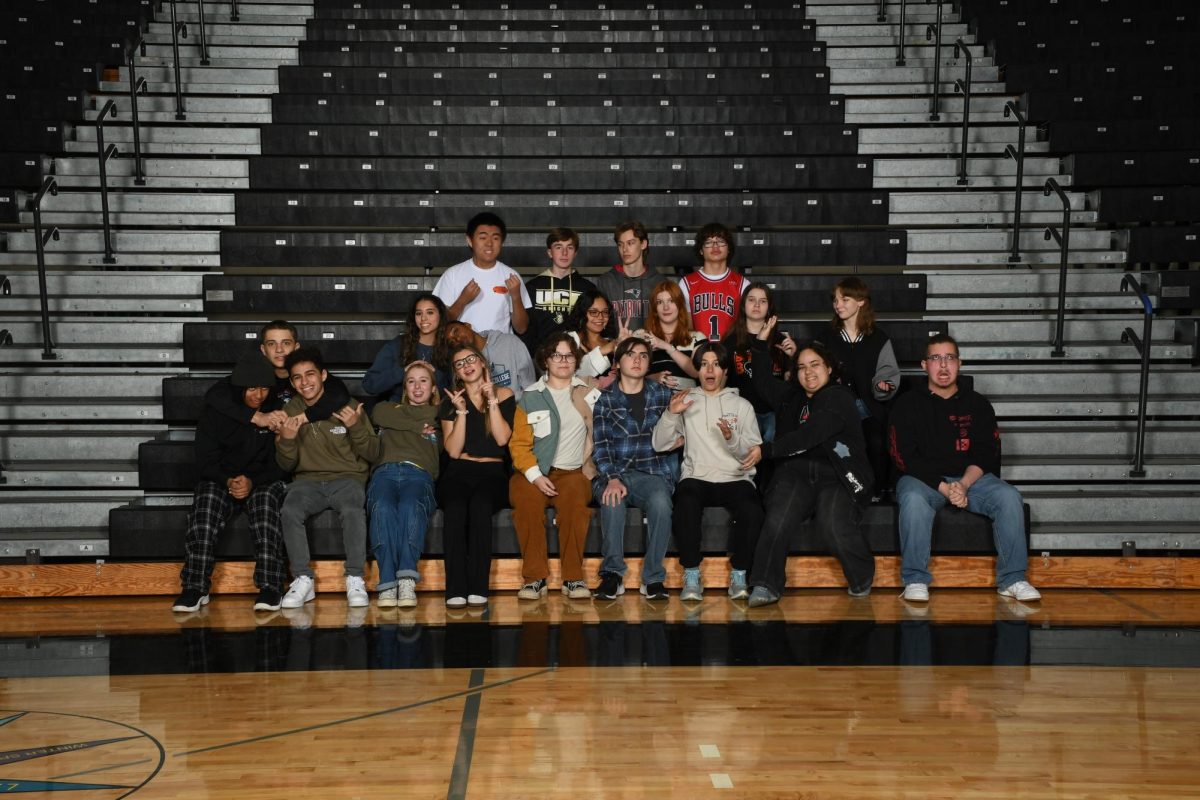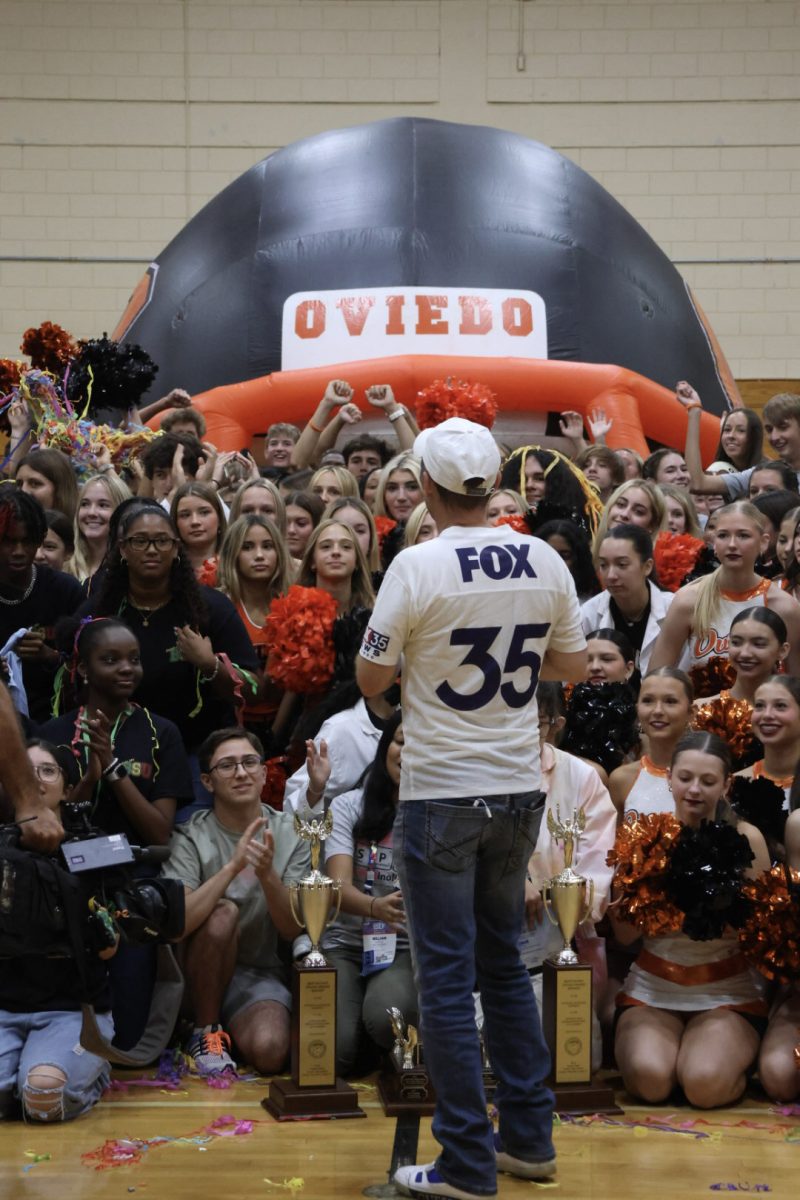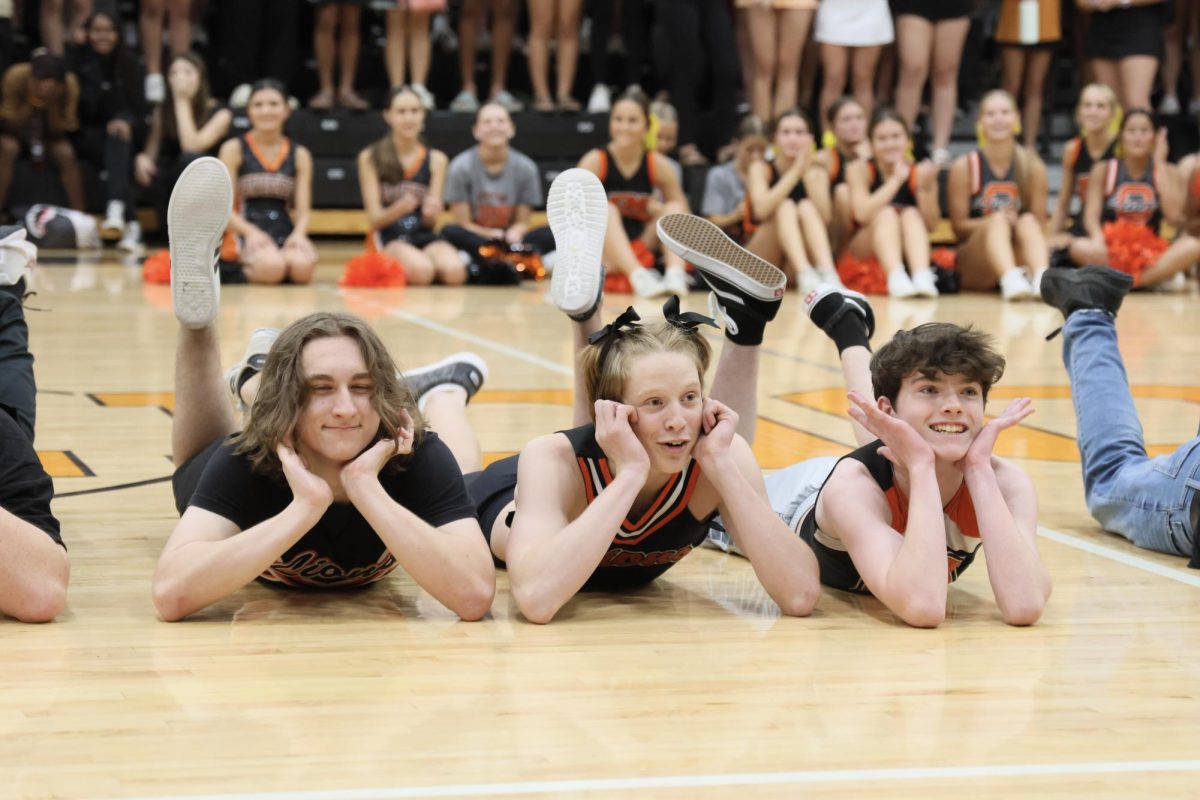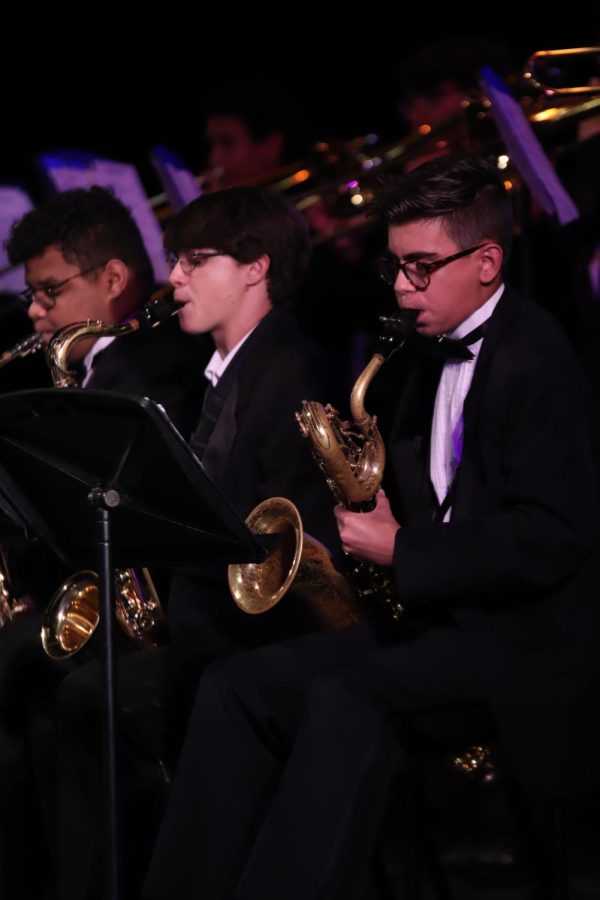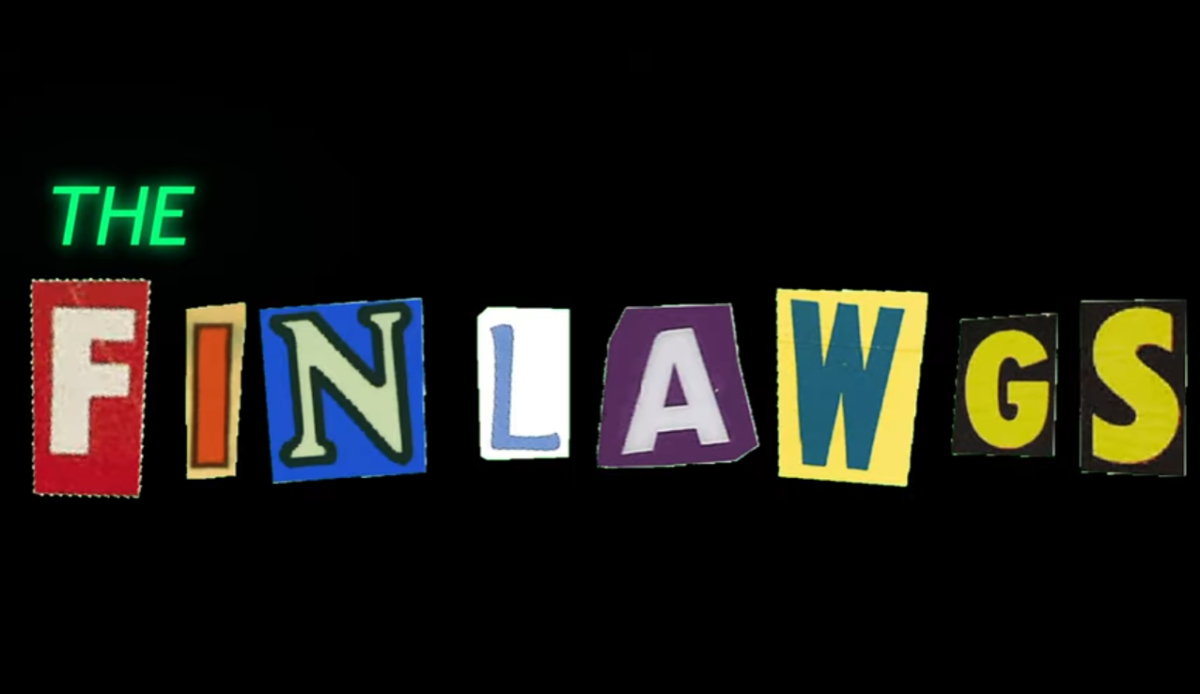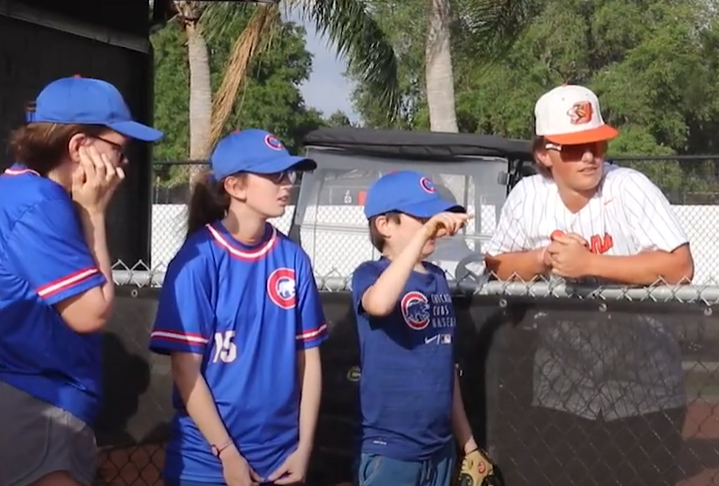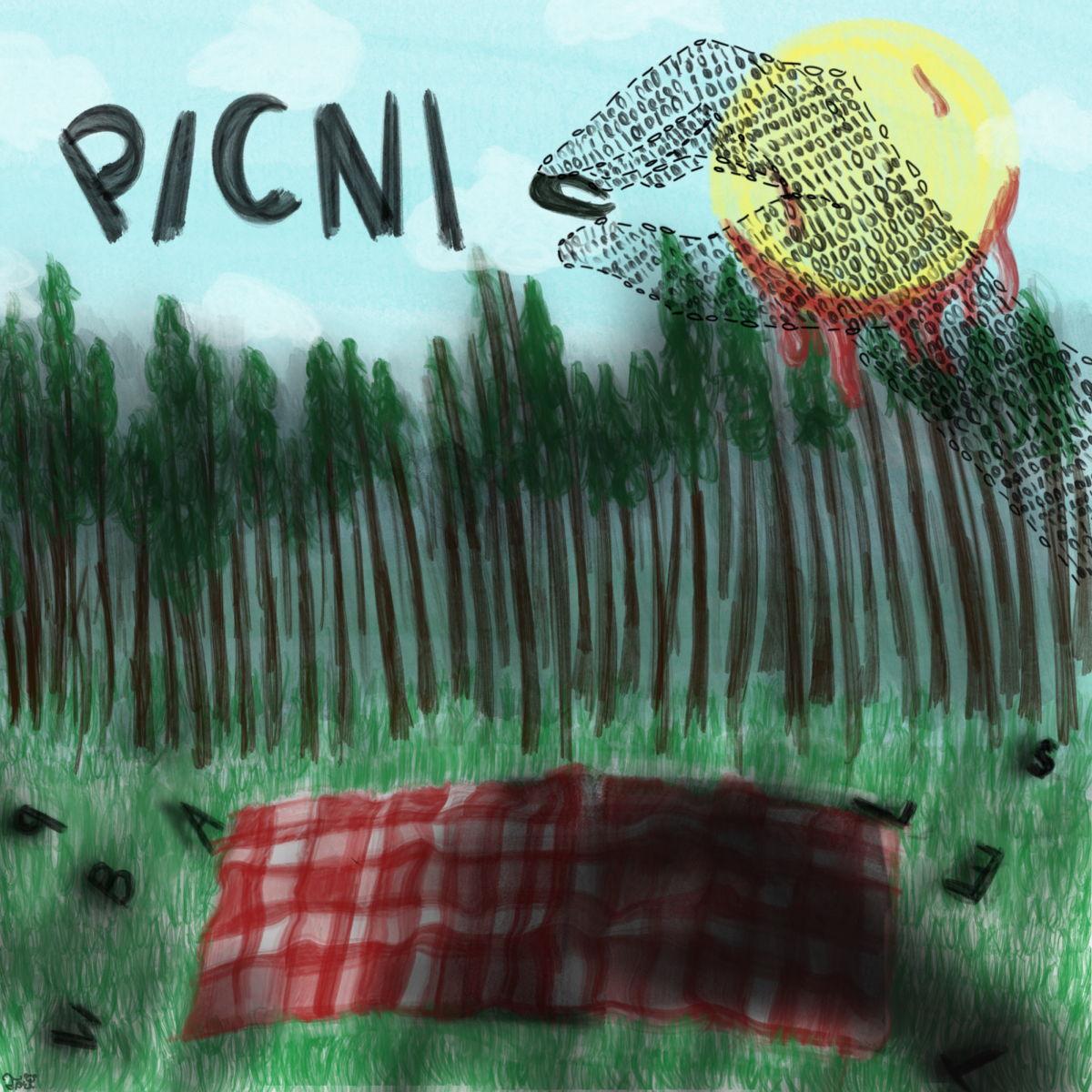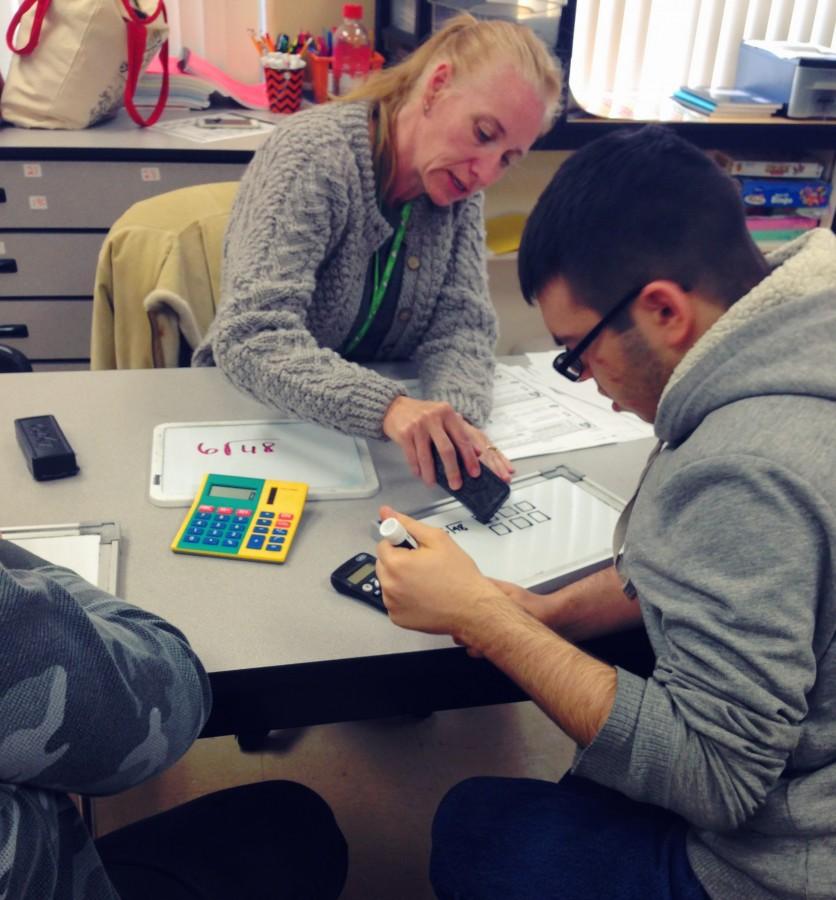Educating the Exceptional
ESE staff prove instrumental in student success
More stories from Niyati Shah
WEB EXCLUSIVE
When senior Alison Fasony learned how to tie his shoes for the first time, ecstasy lit every face in the Exceptional Student Education (ESE) classroom.
“The parent thought that we would have never been able to do that and we finally were able to teach that skill to him,” head ESE instructor Johnna Denny said. “It is a big deal which most high school students don’t think of that as any big deal, but that was a huge accomplishment for that student.”
According to Florida Department of Education, the purpose of exceptional student education is to help cultivate the “unique gifts” of each disabled person in the public school system.
“An ESE student is a student that has some type of disability that prevents them from functioning in a regular classroom setting or in some cases achieving standard diploma options,” support facilitator Christopher Meadows said.
As a support facilitator, Meadows has the responsibility to aid in daily education.
“When I am in support facilitation, there is another teacher in the classroom and I work specifically with those kids that are disabled,” Meadows said.
Curriculum
The curriculum the students receive doesn’t differ from what normal students receive.
“If it is a history class, the curriculum is already there,” Meadows said. “My job is to take that and break it down into smaller chunks. Instead of giving a whole sandwich, a 12-inch, I cut it into sections of 3 inches, 3 inches, 3 inches.”
Denny instructs her students with a particular purpose in mind: graduation.
“We have assessments and testing at the end of the year, just like everyone else,” Denny said. “Kids have to meet the benchmarks and we have to cover everything from English I to Chemistry to American Government and Economics with our students. We have to work on the life skills and job skills, as well.”
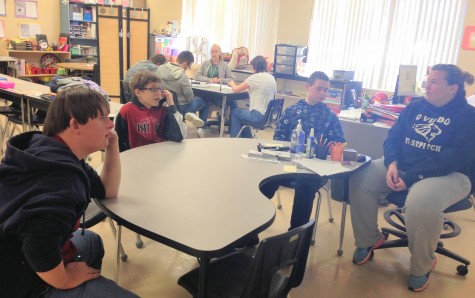
Such instruction creates a challenge, yet the teachers are prepared with solutions to every dilemma.
Teaching
“I take a deep breath,” support facilitator Jessica Johnson laughingly said. “I think what helps me is to try to put myself into the shoes of the student, where they are coming from. If it is a behavioral issue, what is really the root cause of the behavior and try to get to the root cause, instead of just acting quickly and trying to punish.”
Meadows agreed.
“Being preventive is the biggest thing,” Meadows said. “Knowing your kids and talking in a softer voice really helps. The more you yell, the more they pick that up. But, if you talk in a calmer voice, then, it brings that level down a little bit more.”
With much analysis and deliberation, the staff always generate a logical answer.
“We have some students that have some severe behaviors and while they are going through that behavior, we try to figure out what triggered that,” Denny said. “And there has been sometimes where it has been a week after an incident and then we have this “aha” moment when we figure out what it was that was bothering them. It is usually something very minor that really threw them over the edge.”
Teaching ESE students is educational to the staff as well.
“I feel like I learn things from the students as much as they learn things from me,” said Johnson. “More just about what they go through and how resilient a lot of my kids are.”
Denny feels a similar appreciation for her students.
“I just fell in love in with the kids and working with them in the challenges that they face and help them be successful,” said Denny. “I’m a lot more patient with students and we learn to celebrate success with some of the smaller things that most people take for granted.”
Opportunity
One important aspect that is taken for granted is job opportunity.
“I think a big thing is that I would like to see more of a vocational option for students that have disability,” Johnson said. “To where if they really feel like they are not a college track, they can pursue some kind of vocational program like train to be an electrician, a plumber, just something where it is a little less college focused and more ‘here is some useful skills so you can have a trade once you get out of high school.’”Ex
In addition to career options, the staff would like to see an annihilation of a stereotype.
“There is definitely the stigma around ESE students where people think that they are not as smart, they are poorly behaved, they can’t achieve at the same level as typical students,” said Johnson. “That is not the case. It is just that they have different struggles and they need supports in place to help them be successful in a classrooms setting. It really bothers me that there is still this stereotype that ESE kids aren’t as good as other kids. In my opinion, they are just as good as, if not better than, the typical student.”

Meadows agreed.
“They are not inferior, they are different,” said Meadows. “They may require certain things but I will tell you, some of my kids are better artists. They have different areas that they excel in that other kids do not.”
Denny believes the Oviedo ESE population strongly defies the stereotype of inferiority.
“Everybody is successful in something and everybody has something to bring to the table,” said Denny. “They may not be the brightest, highest achieving academic student, but there are also great skills in other areas. You just have to find what they are good at and keep working with that skill.”
Your donation will support the student journalists of Oviedo High School. Your contribution will allow us to purchase equipment and cover our annual website hosting and printing costs. Thank you!

